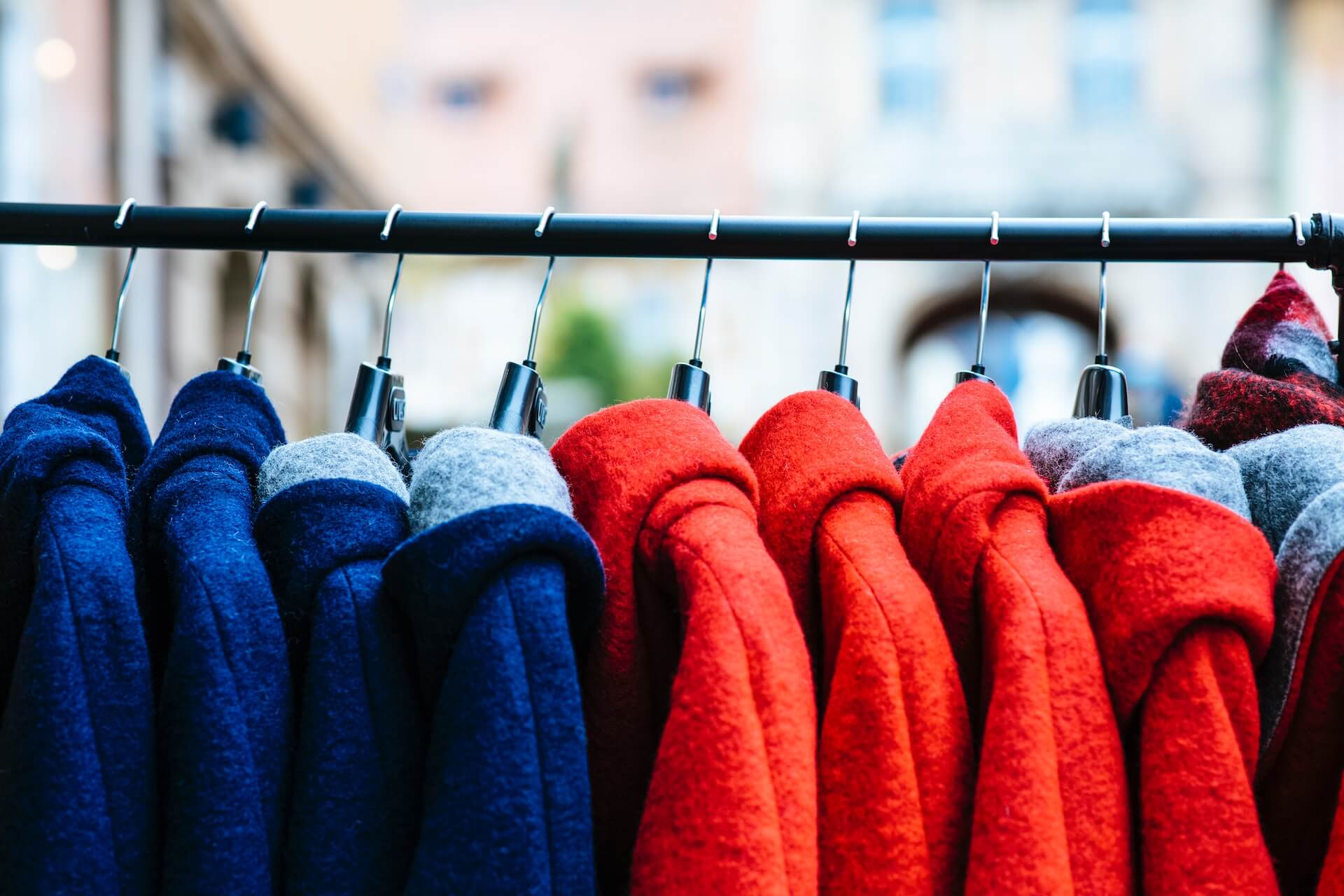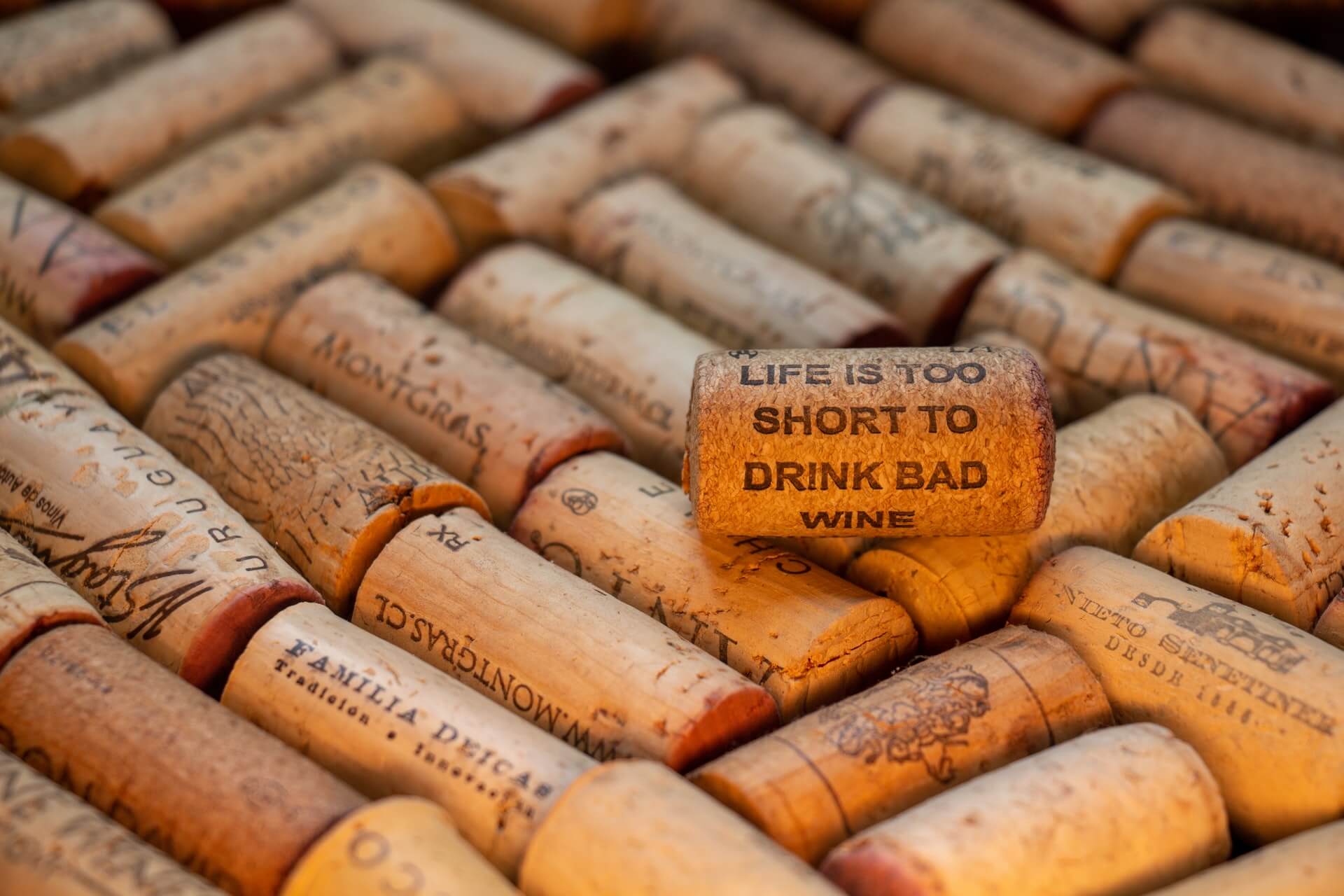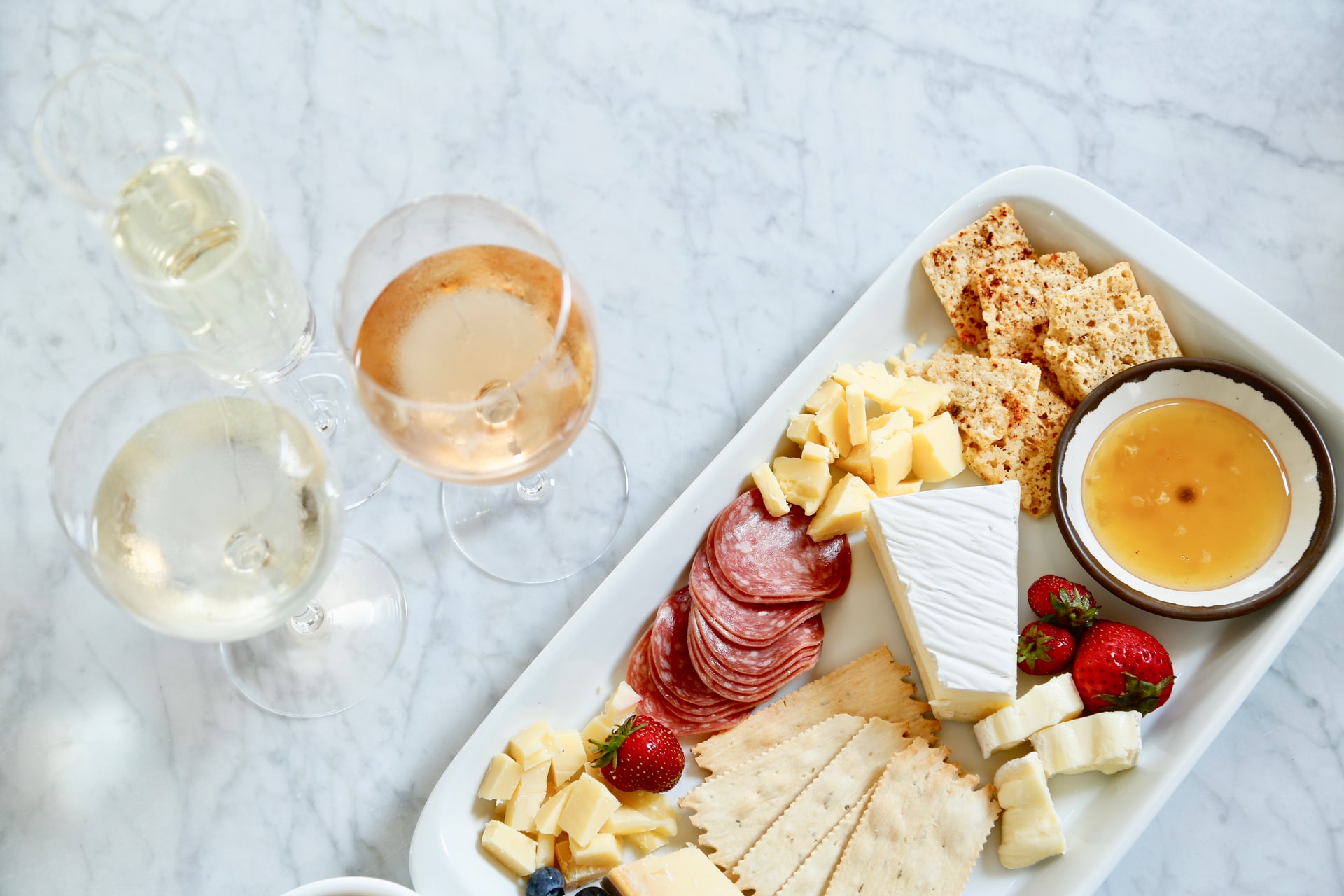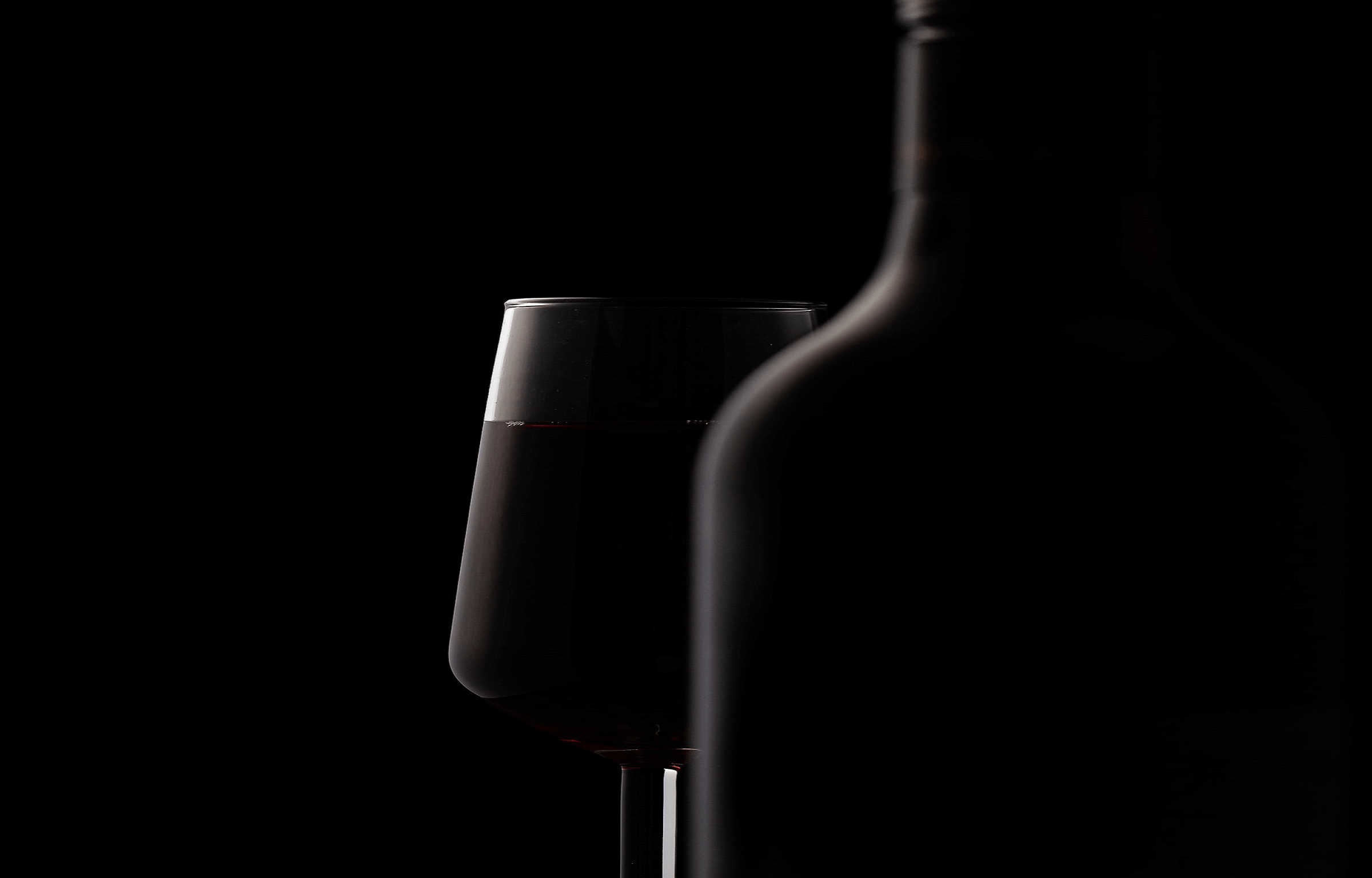Banfi and One Warm Coat Launch Partnership
by David Klemt

Wine producer and importer Banfi Vintners is partnering with non-profit One Warm Coat to help people in need and encourage others to host coat drives.
For anyone unfamiliar, One Warm Coat is a national 501 (c)(3) nonprofit operating throughout the US. Established in 1992, the nonprofit has helped organize nearly 50,000 coat drives. More than 5,500 of these drives took place during the 2022 to 2023 season, providing in excess of 550,000 coats.
So far, with their partners, they’ve collected and distributed close to eight million coats. These partners include Land’s End, J.Crew, Todd Snyder, Duluth Trading Co., and now Banfi.
To launch their partnership, Banfi seeded the program with a donation that will provide 50,000 coats. In announcing this partnership, Banfi and One Warm Coat hope to encourage others to give back, host coat drives, and help those in need within their communities.
Canadian operators and their teams can find One Warm Coat partners by clicking here and searching their city. I found partners in and around Toronto, Vancouver, Calgary, and Edmonton.
In addition to helping provide people in need with coats, sustainability is key to One Warm Coat’s mission. To date, the organization has helped keep 19.4 million pounds of clothing out of landfills.
Charity Navigator, which rates the trustworthiness of charities, gives One Warm Coat a score of 98 percent.
To learn more, please review the press release below.
BANFI VINTNERS PARTNERS WITH ONE WARM COAT TO SUPPORT LOCAL COMMUNITY
Italian wine producer and importer offers support to individuals in need through seasonal coat drive
NEW YORK, NY—Banfi, producer and importer of fine wines, proudly announces its partnership with national non-profit organization, One Warm Coat. Banfi kicked off the program with a donation that will warm 50,000 people in need.
“One Warm Coat is thrilled to team up with Banfi this holiday season to share warmth with those in need across the country while promoting volunteerism and environmental sustainability,” shares Beth Amodio, President and CEO, One Warm Coat.
In addition, the partnership with One Warm Coat allows Banfi to spread the word and encourage coat drives at various retail and restaurant accounts across the country, extending the program’s reach and multiplying the number of donations collected. One example can be found not too far from Banfi’s NY headquarters; based in upstate New York, Banfi’s distributor partner, Empire Merchants North has made it a key focus to promote the brand’s initiative on their website and social channels to bolster the partnership and encourage dozens of retailers to support the cause.
“Empire Merchants North proudly joined Banfi’s One Warm Coat program to extend our commitment beyond beverages. Embracing social responsibility, we believe in making a positive impact by contributing to the well-being of our community, aligning seamlessly with Banfi’s philanthropic mission. Our enthusiastic employees joyfully embraced this initiative, embodying our shared commitment to making a meaningful difference in the lives of those in need,” shares President and CEO of Empire Merchants North Eric Pfeil.
“One of our favorite aspects of working with One Warm Coat is its ability to support the local community. The donations stay in the community where they’re collected, so it’s truly heartening to see the widespread response in the market,” shares Banfi President and CEO Cristina Mariani-May.
About Banfi Wines
Banfi, producer and importer of fine wines, was founded in 1919 and is today woman-owned and operated by third-generation family proprietor Cristina Mariani-May. Banfi is the sole U.S. importer of the Mariani family’s internationally renowned wine estates in Italy: Castello Banfi of Montalcino, Tuscany, and Banfi Piemonte of Strevi, Piedmont. Castello Banfi is credited with pioneering a new era in Brunello and bringing the wine world’s attention to Montalcino, while Banfi Piemonte produces the family’s sparkling wines. Banfi’s wide range of wines offers affordable luxury and includes the flagship Brunello di Montalcino, Super Tuscans, Tuscan Pinot Grigio, Chianti, Sparkling and more varieties.
About One Warm Coat
One Warm Coat is a national cloud-based 501 (c)(3) nonprofit organization that provides free coats to individuals in need. Since 1992, One Warm Coat has facilitated 49,000 coat drives across the country, collecting 8 million coats that have been distributed through more than 1,500 nonprofit partners. Individuals and organizations can get involved by donating coats, holding coat drives, and making financial donations. One Warm Coat believes in each person’s right to shelter from the elements and is committed to sharing warmth, without discrimination, one coat at a time.
Image: Markus Spiske on Unsplash











